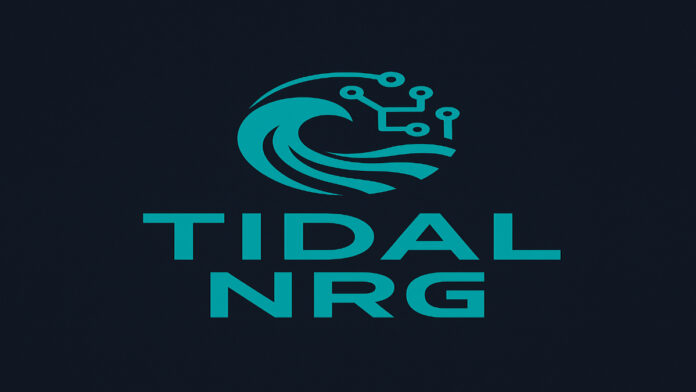Under the terms of the agreement, Tidal and Innov8 Gases will jointly develop intellectual property (IP) for next-generation cooling technologies
In sum – what to know:
Helium-based cooling for AI and HPC – Tidal NRG and Innov8 Gases will co-develop IP for helium cooling systems, targeting high-density workloads.
Water-free alternative – It eliminates cooling-related water use, addressing environmental concerns linked to large-scale data centers.
Market and regulatory context – The DC cooling market is projected to exceed $30B by 2028 amid growing scrutiny of water-intensive technologies.
Tidal NRG and Innov8 Gases have entered into an agreement to co-develop helium-based cooling systems for artificial intelligence (AI) and high-performance computing (HPC) data centers.
In a release, Tidal NRG noted that the collaboration will combine Innov8’s helium supply capabilities with Tidal NRG’s experience in AI infrastructure to address the thermal management demands of large-scale computing.
Under the terms of the agreement, both companies will jointly develop intellectual property (IP) for next-generation cooling technologies. Tidal NRG will also enter into a long-term helium purchase arrangement and acquire a minority equity stake in Innov8 Gases to support future deployment.
The planned cooling systems aim to manage the significant heat produced by AI model training and other data-intensive processes. The company emphasized that helium’s thermal conductivity, low viscosity, and inert nature provide efficiency advantages compared with water or chilled air systems, potentially reducing energy use and extending system lifespan.
It added that key features of the initiative include designs suited to high-density, hyperscale workloads; elimination of cooling-related water consumption; and equal ownership of developed IP. Both companies also cite potential reductions in power demand and environmental impact.
The market for data center cooling is forecast to exceed $30 billion by 2028, driven in part by AI adoption. Traditional cooling methods, particularly those reliant on water, have attracted criticism for their environmental footprint, said Tidal. A 100MW facility can consume over 2 million liters of water daily, and Google reported using more than 8 billion gallons in 2024, it added.
Such demand has led to tighter regulations, public opposition, and the suspension or cancellation of over $60 billion in planned U.S. data center projects. Proponents say helium cooling could avoid these challenges while supporting operational efficiency.

